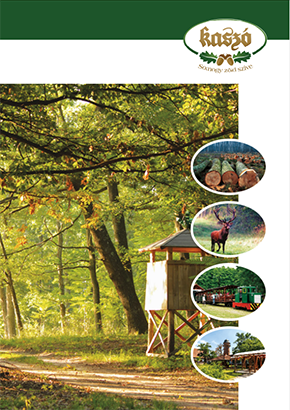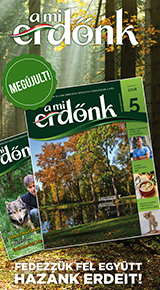Sajnos szobáink nem, de éttermünk légkondicionált.
Baláta-tó
A nagy kiterjedésű, gyönyörű terület számos természetvédelmi értéket rejt magában. Kaszótól délnyugatra található a Baláta-tó természetvédelmi terület (közel 220 ha), mely 1942 óta élvez védelmet, így Somogy megye legrégibb természetvédelmi területe. Védettségét gazdag növény- és állatvilága, illetve a jégkorszaki lápmaradvány megőrzése indokolja.
2008-ban a kibővített természetvédelmi terület bekerült a hazai erdőrezervátumok sorába, melynek célja, hogy az erdőben zajló természetes folyamatok kutatásával, megfigyelésével a természet közeli módon végzett erdőgazdálkodást megalapozó gyakorlati módszerek elsajátítását elősegítése.
A Baláta-tó ma is lefolyástalan. Területén jellemző növénytársulások a lebegő hínár vegetáció úszó lápszigetekkel, a zsombékos, gyékényes ingólápok, a tőzegmohás fűz ingólápok, a tőzegmohás égerlápok és a genyőtés cseres-tölgyesek.
Flóravilágából legnevezetesebb a rovaremésztő Aldrovanda vesiculosa, mely az ingólápok ritkasága. „A láp 1948. évi kiszáradása után eltűnt. Marián Miklós 1957-ben ismét megtalálta. A magas vízállás mellett sok tízezer számra tenyészett és sok virágzott is. A száraz éveket a láp valamelyik rejtett és soha ki nem száradó vízében vészelte át.”* További botanikai értéket képvisel a szíves levelű hídőr, a tőzegeper, a tőzegmoha, a vidrafű, és a kárpáti sáfrány.
Gazdag állatvilágából elsősorban a keresztesvipera fekete változatát érdemes kiemelni, de a tavat számos vízi vagy vízhez köthető madárfaj választotta táplálkozó- vagy költőhelyéül, így a fekete gólya, a cigány réce, a réti sas vagy a barna réti héja. A szerencsés természetjáró megfigyelheti ezen madárfajokat természetes élőhelyükön a Baláta-tó délkeleti részén található madármegfigyelő toronyból.
A KASZÓ Zrt. 2014 májusában adta át a Dr. Marián Miklós sétányt, amely nevét a tó egyik legelhivatottabb kutatójáról kapta. A mintegy 600 méter hosszú tanösvény fő funkciója, hogy a látogatók a bemutatandó értékeket megkímélve nyerhessenek közvetlen betekintést a láp élővilágába. Ennek érdekében a láprét felett elhelyezett pallósoron vezet végig az út. A stégrendszer főbb elemei között meg kell említeni a padokkal ellátott, különböző témájú állomásokat, ahol leírással és színes fotókkal, tájékoztató táblák szemléltetik az adott élőhelyre jellemző növény- és állatvilágot.
A Kaszói Állami Erdei Vasút menetrend szerinti járatai a Baláta megállóig közlekednek, ahol szakvezetéssel mutatják be az ősláp páratlan szépségét.
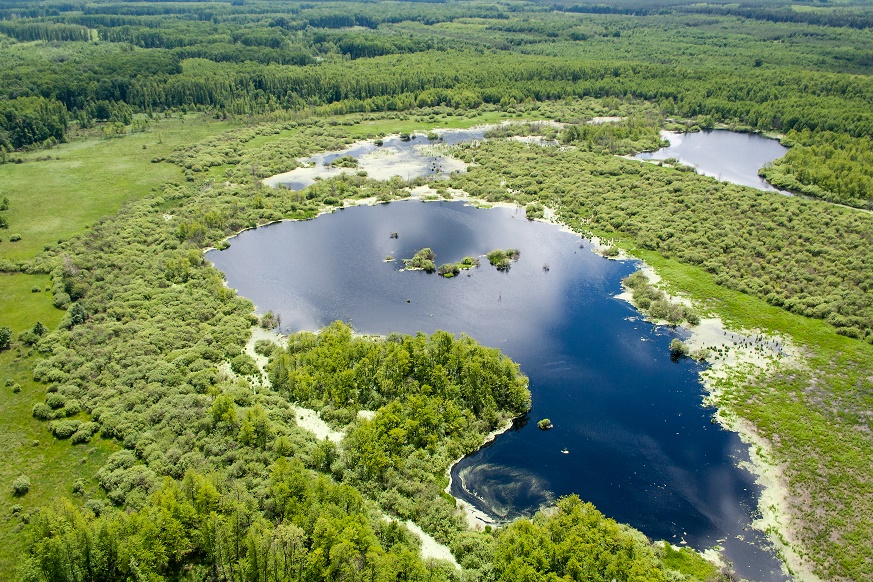
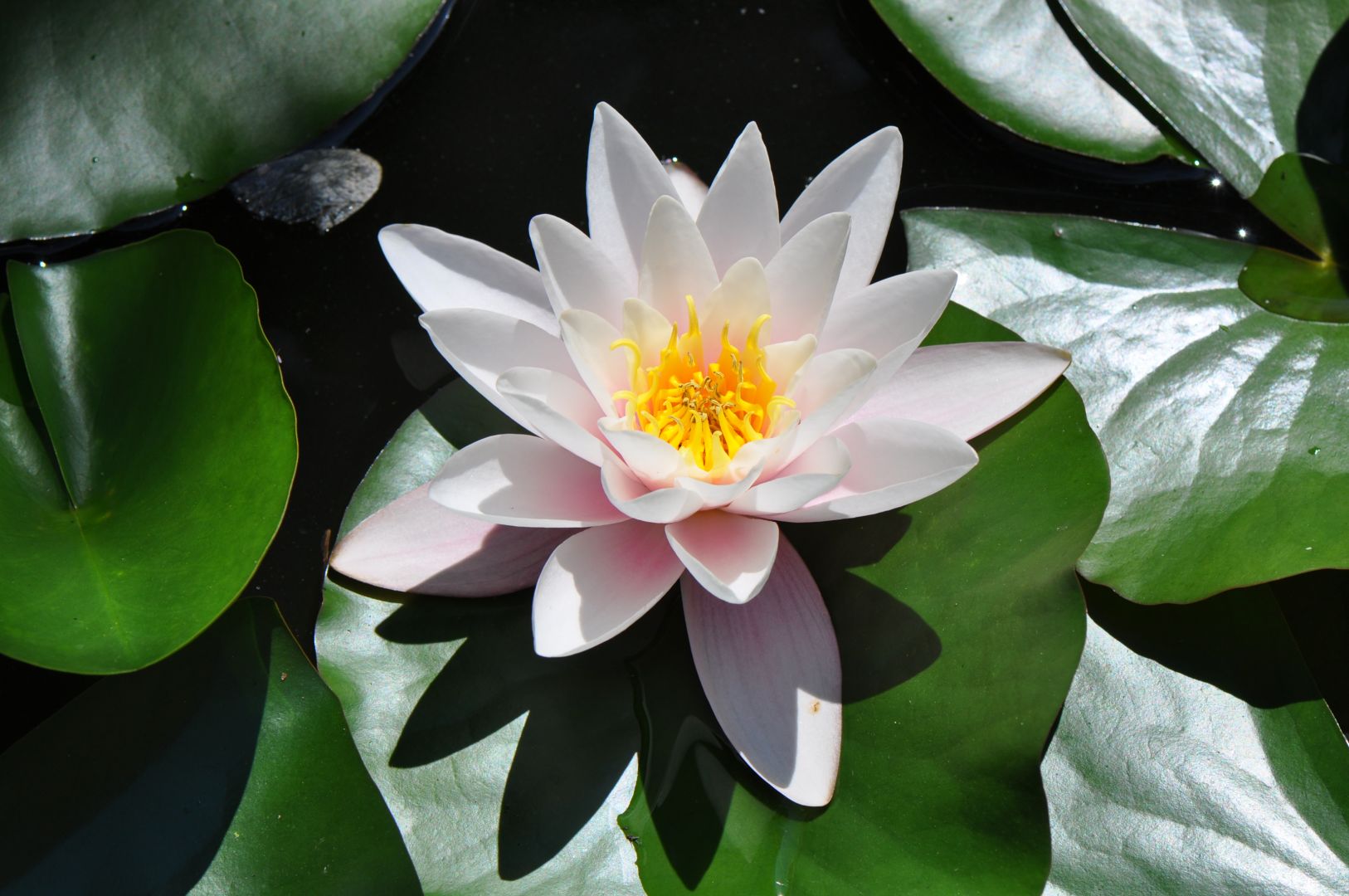
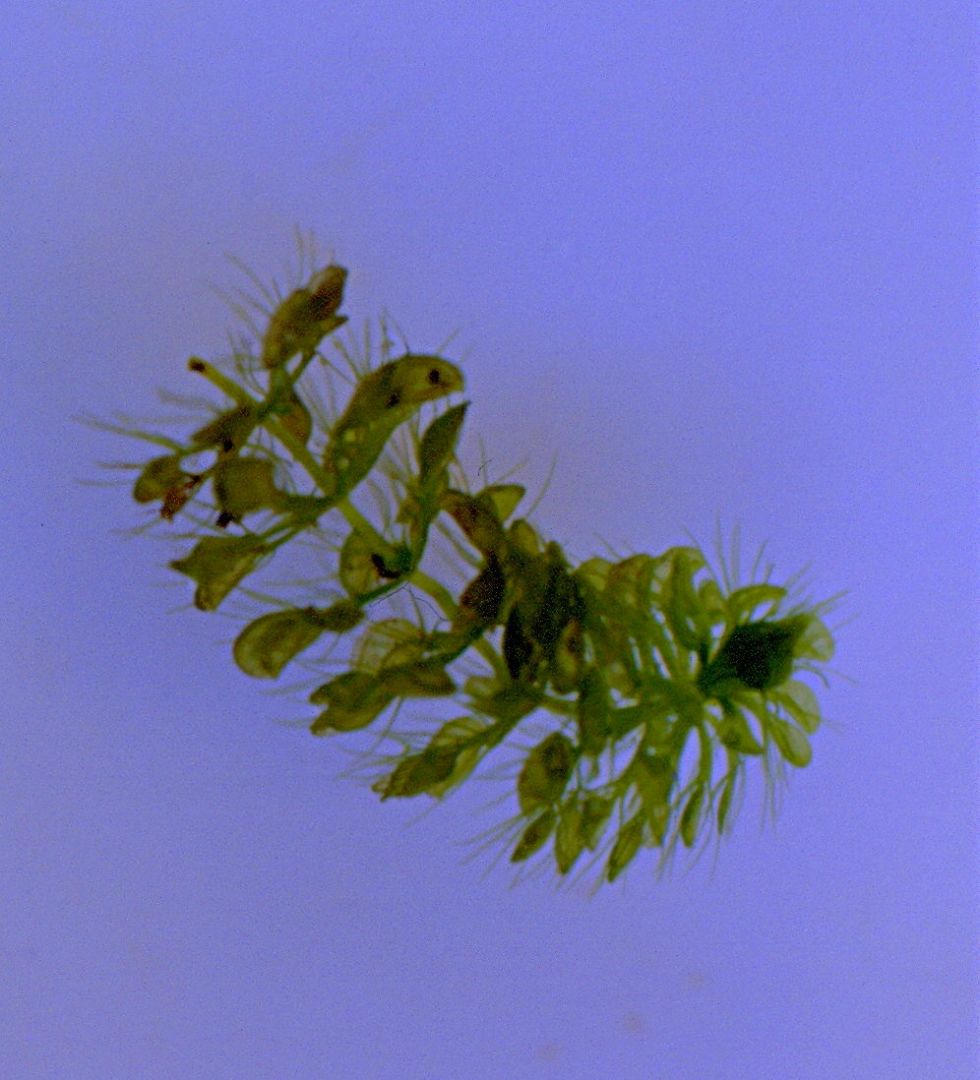
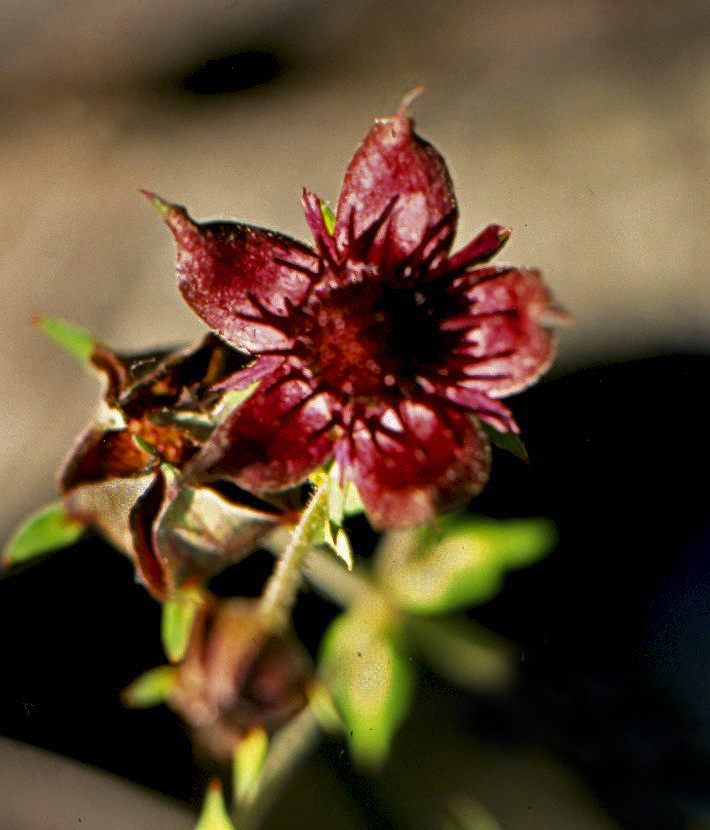
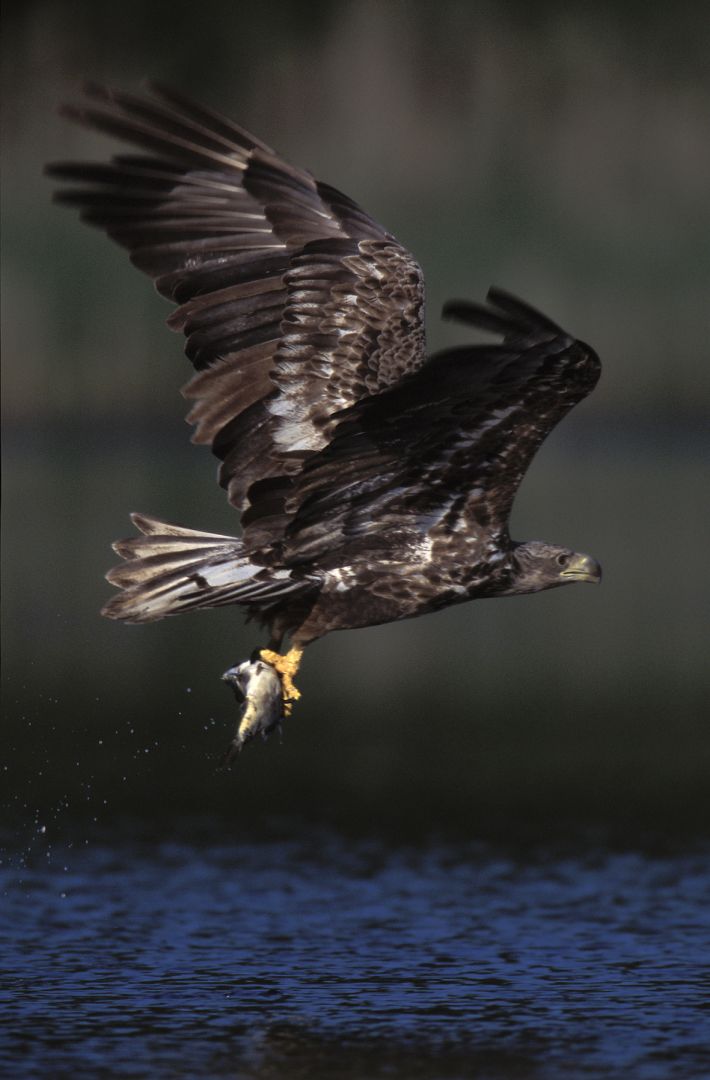
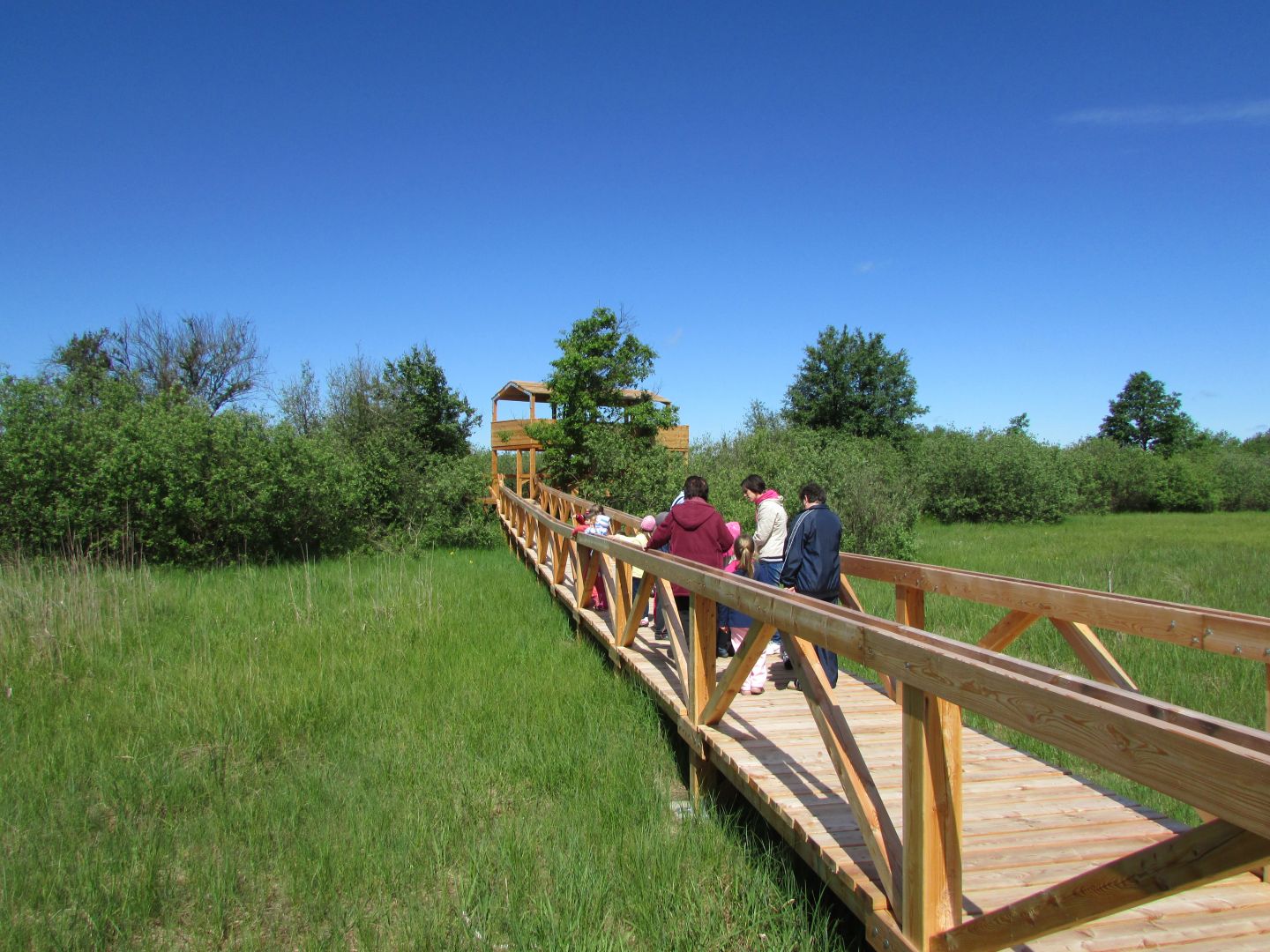
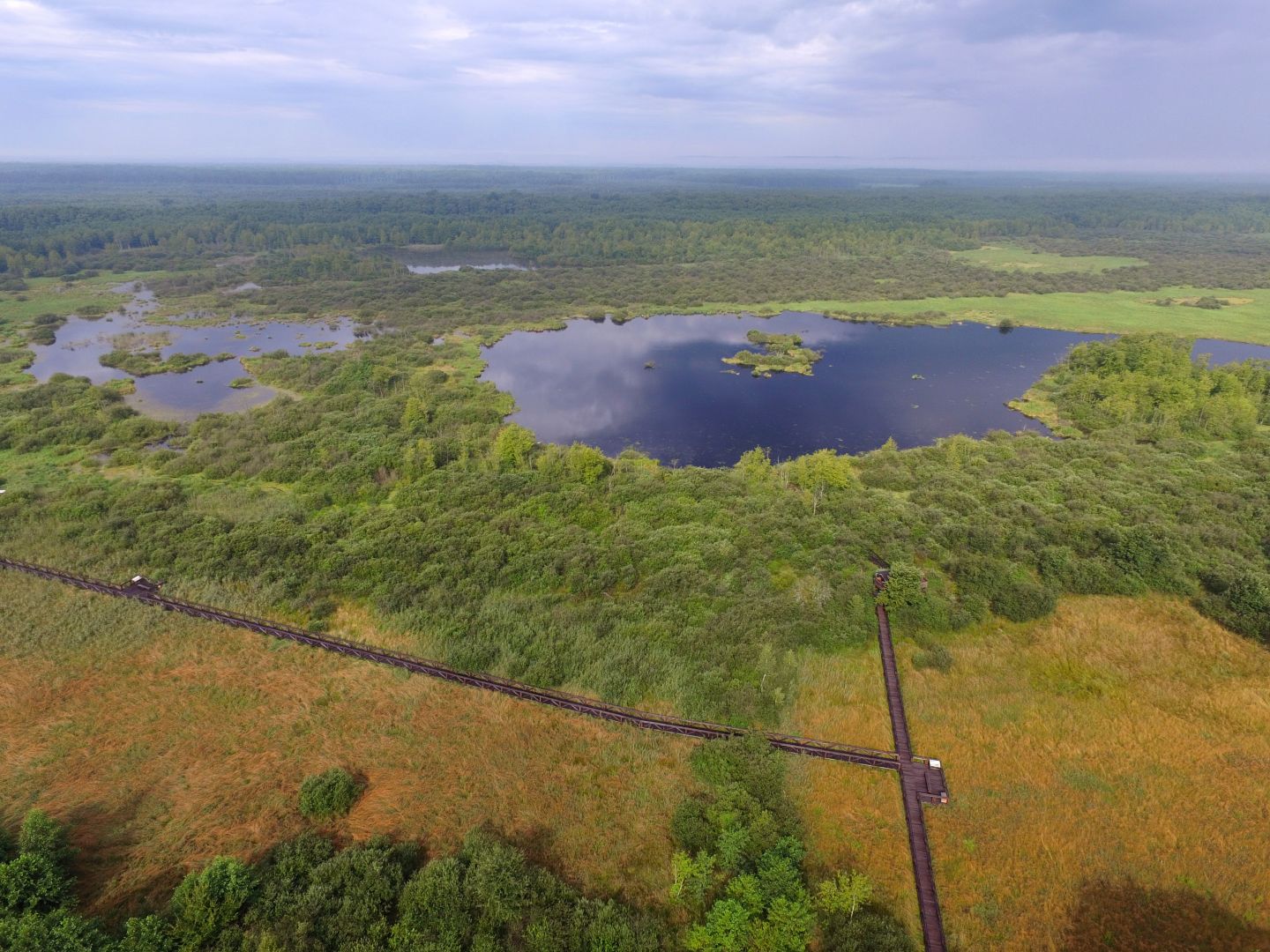
"The Baláta native moor and its vertebrate fauna, with special regards to birds
The Baláta belongs to those few moors of Hungary, which reserve their native aspects in a relatively unaltered state. It is the duty of science to exampine the phenomena of this special fauna and flora and to make its results public. With the present study the authours wish to make a contribution to fulfilling this task.
In 1975 M. Marián introduced the outcome of a five year long’ study, during which he examined the vertebrate fauna of the moor („The vertebrate faunaof the Baláta”). Now we report on the results of the research carried on from 1977 to 2000, in comparison with the data of the research made 20 years ago. This way we not only get an outline of the present state of the moor and its fauna, but we can also follow the changes incurred. The field work was carried out by F. Kasza, an offspring of the Baláta region. His daily detailed data present an important basis for the zoological examinations and research on nature conservation.
The nature conservation area of the Baláta, which amounts to 174 hectares, is situated in Transdanubia, in the westwern part of Somogy country near the willage Kaszó, which is 9 kilometers north-west from Somogyszob. The moor-lying in the depths of the gently undulating, in places still drift-blown sanded woodland-firmly reflects the ancient south-Transdanubian conditions of marsh whit grove and swamp.
The geographical environment of the moor- the so- called Inner-Somogy - is a deflation plain covered by sand hills of ice-age origin. Its height above sea level is 130-160 metres. The sand is poor in lime, it is the so - called acid - sand. Between the dunes lakes were developed from the water gathering above the claybanks of subaeric origin. One of them was the Baláta-lake as well, which over thousands of years became marshy and swampy. Today the moor is also on the brink of ruin, sincet he surrounding forest dashes forward and occupies the water reign. The moor has no outflow, it only subsists on subsoil- and reinwater.
Watter supply - which is of vital importance as for the survival of the flora and fauna – depends on the subsoil – and rainwater. The depth of open water is 2 or 3 m under average weather conditions, buti t can reach 5-6 m during rainy years.
The size of the water surface depends on the weater conditions. In 1911-12 the whole bed was filled up by water, at the beginning of the 1950’s the moor almost dried out and in 1999-2000 the wohle bed is again covered by water.
In respect of the climatic conditions we only possess the survey data of the surroundings, sincet here is no meteorological station in the Baláta. The annual reinfall-taking the mean of the last 20 years-was 712,6 mm, and the mean annual temperature was 9,77°C. As a result of the sandy soil, the high degree of ground moistening and evaporation caused by the thick flora, the local climate of Baláta is fairly characteristic.
The cool, humid microclimate makes the island-like presence of the existing species of glacial origin understandable. During the summer, in day-time the surface of the coffee-coloured water heavily warms up, and it can even reach 30°C. This enables the survival of species of Mediterranean or tropical origin to be found, which annually flourish for a short period.
Every inch of the moor is practically covered by vegetation. The plant associations, which ensures habitat for the animals living here, consist of the most diverse species.
The sand-hills surrounding the moor, are covered by a forest of hornbeamoak trees, which consist of species of Quercetum robori-cerris carpinetosum and Qercetum robori-cerris pteridietosum. There are lots of Crataegus monogyna shrubs on the clearings. One of its most beautiful ornaments is the Asphodelus albus. A small pine-grow was introduced in the south-east corner of the nature reserve.
Within the belt of the forest the moor is surrounded by Cariceto elongatae Alneatum, resembling a wreath-shape. It is a dark forest, with close stand, whose old trees hold on to the ground by fantastic branch roots. The Hottonia palustris flourish among them in large numbers. One of the peculiarities of the Baláta is the Carieto elongatae Alnemtum urticosum dioicae. An important character species is the Dryopteris thelypteris.
Within the wreath of alders the almost opaque belt of the willow moor (Salicetum cinereae) follows. Its extension constantly changes depending on the water-level.
Wide-spread boogies (Caricetum elatae) extend in the shallow water on the eastern and western side. Ludwigia palustris lives between the boogies.
It is followed by reeds (Scirpo-Phragmitetum) and rushes (Scirpo Phragmitetum typhosum) in the deeper parts. There is a great variety of reed-grass assosiations in the 2-3 m (or druing high water-level 5-6 m) deep water of the open waters.
One of the most characteristic plants of the Baláta, an insect-catching plant called Aldrovanda vesiculosa, also flourishes here. It floats under the water surface and it is a relictum of tropical origin. It is know from only about fifty localities all over the world.
During the last 40 years 85 breeding and 83 passing birds, thus on the whole 168 bird species were observed in the nature conservation area of the Baláta. Nearly half from the 373 bird species recorded in Hungary can be found in the area. The most characteristic hatching species are the followings: Aythya nyroca, Haliaeetus albicilla, Gallinula chloropus, Alcedo atthis, Parus palustris, Coccothraustes coccothraustes. Notable passing birds: Aquila pomarina, Lanius exubitor. The picture of bird fauna is extremly varied, since due to the environmental conditions of the moor and the surrounding forest, the lake-, moor- and terrestrial species get either a habitat or a swampy area. The number of species is large, whereas the number of individuals is small.
The study gives detailed accound of the changes incurred in the bird population during the past four decades, and it also deals with the seasonal movement of the bird reign.
Only the Misgurnus fossilis can be indigenous from fish in the moor of the Baláta. In the course of time the other nine found fish species were introduced to the open waters of the area.
Ten species live in this area out of amphibians. It means two-thirds of the domestic species. Characteristic species: Titurus vulgaris, Bombina bombina, Rana arvalis Wolterstorffi. These are eurytop animals of flat- and hill-country.
There are nine reptile species and five varieties in this area, which is more than 50% of the Hungarian species. They are all eurytop species of flat- and hill-country, except for the two viper species, which are stenotop species. The Vipera berus var. prester belongs to the fauna peculiarities of our country, which is known for only one other locality within Hungary.
Characteristic species: Emys orbicularis, Lacerta viridis viridis, Natrix natrix, Vipera berus berus.
We observed the presence of 36 mammal species. Thus about half of the 81 domestic mammal species live here. The shrews (Soricidae) and the mice (Muridae) have the largest number of individuals. It is the speciality of the mammal fauna in the Baláta, that four big game species (wild-hog, red deer, fallow deer, roe deer) live in great strength in this reserve, which is part of the big game reserve of the wider surrounding.
The final part of the study deals with the possible future of the native moor by outlining the tasks of nature conservation, forestry and economy of watersupplies. The scientific research of Baláta is not completed. Numerous groups of invertebrate animals are not explored. Further faunistic and ecofaunistic examination of the vertebrate animals is also desirable."*
*Kasza Ferenc – Marián Miklós: A Baláta-láp és gerinces állatvilága, különös tekintettel a madarakra
Gyakran ismételt kérdések
Rólunk mondták
Szabóné Tóth Gabriella – 5 csillag
2018. Május 16. ·
Köszönjük azt a három csodálatos napot, amit itt eltölthettünk! Az erdei iskolai programok színvonalasak, érdekesek voltak, a foglalkozásokat vezető szakemberek felkészültek, élmény volt velük lenni. A környék csodálatos, a tanösvények példa értékűek, mindenütt tisztaság.
Szállásunk a Sakál-tanyán volt, csodálatos, kitűnően felszerelt, gyönyörű faházakban. Sok erdei iskolában jártam már tanítványokkal, de ez a leg..leg..leg! Az ellátásunk is kiváló volt, ízletes ételekkel, (hatalmas adagokkal) és figyelmes kiszolgálással. Minden dolgozó rendkívül figyelmes és segítőkész volt velünk. Egyetlen bánatunk volt csak, hogy a három nap nagyon gyorsan elrepült.
Köszönünk szépen mindent, remélem még lesz alkalmunk ide visszajönni! Szívből ajánlom mindenkinek ezt a csodálatos helyet!

